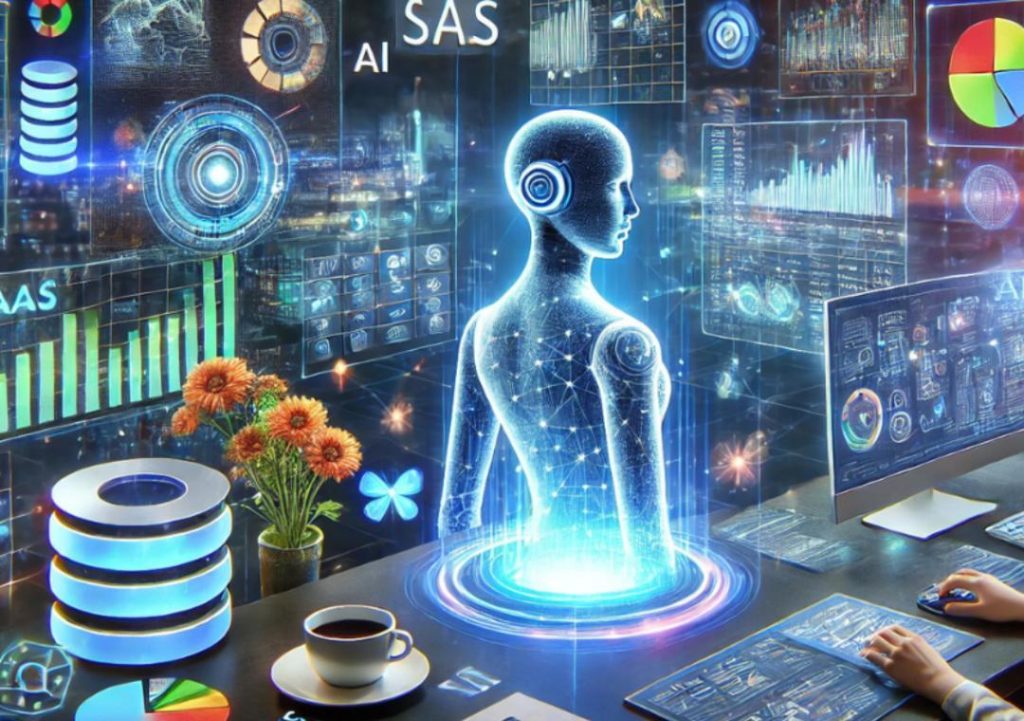
From Chess Moves to Chatbots: AI’s Rule-Based Backbone
Artificial intelligence (AI) has revolutionized the way we live, work, and play. From chatbots that mimic human conversation to self-driving cars that navigate complex routes, AI has become an integral part of our daily lives. However, while generative models like language translation and image recognition dominate the headlines, rule-based production systems remain the backbone of many AI applications. These systems, often overlooked but no less crucial, apply condition-action logic to enable dynamic behavior across industries.
In the world of gaming, rule-based production systems predict strategic responses, allowing players to engage in intelligent and realistic opponents. In customer service, these systems automate contextual replies, providing users with personalized support and efficient resolution to their queries. In manufacturing, they control robots with real-time decisions, ensuring precision and speed in production processes.
In this blog post, we’ll delve into the world of rule-based production systems, exploring their significance, applications, and the benefits they bring to various industries.
The Birth of Rule-Based AI
The concept of rule-based AI dates back to the 1950s, when computer scientists like Allen Newell and Herbert Simon developed the first AI program, the Logical Theorist. This program used a set of rules to reason and solve problems, marking the beginning of rule-based AI. Since then, the field has evolved significantly, with the introduction of expert systems, production rules, and production systems.
Production Systems: The Unsung Heroes of AI
Production systems are a type of rule-based AI that apply condition-action logic to enable dynamic behavior. They consist of a set of rules, each with a specific condition and action. When a condition is met, the corresponding action is triggered, allowing the system to respond to changing circumstances.
In a production system, the rules are organized into a hierarchical structure, with more general rules at the top and more specific rules at the bottom. This allows the system to generalize and specialize as needed, enabling it to adapt to new situations and learn from experience.
Applications of Production Systems
Production systems have far-reaching applications across various industries, including:
- Gaming: In video games, production systems predict strategic responses, allowing players to engage in intelligent and realistic opponents. For example, chess engines use production systems to analyze positions and make moves, enabling them to play at a level that surpasses human grandmasters.
- Customer Service: In customer service, production systems automate contextual replies, providing users with personalized support and efficient resolution to their queries. Chatbots, for instance, use production systems to respond to customer inquiries, reducing the need for human intervention.
- Manufacturing: In manufacturing, production systems control robots with real-time decisions, ensuring precision and speed in production processes. For example, a production system can monitor a production line and adjust the speed of robots to optimize efficiency and reduce waste.
- Finance: In finance, production systems analyze market trends and make predictions, enabling investors to make informed decisions. For example, a production system can analyze stock prices and predict market fluctuations, allowing investors to adjust their portfolios accordingly.
Benefits of Production Systems
Production systems offer several benefits, including:
- Flexibility: Production systems can be easily modified to adapt to changing circumstances, making them ideal for dynamic environments.
- Scalability: Production systems can handle large volumes of data and respond quickly, making them suitable for high-traffic applications.
- Accuracy: Production systems can analyze complex data and make accurate predictions, reducing the risk of human error.
- Cost-Effectiveness: Production systems can automate many tasks, reducing the need for human intervention and saving costs.
Conclusion
While generative models like language translation and image recognition dominate the headlines, rule-based production systems remain the backbone of many AI applications. These systems apply condition-action logic to enable dynamic behavior across industries, from gaming to customer service to manufacturing.
In conclusion, production systems are the unsung heroes of AI, providing the foundation for many AI applications. By understanding the significance, applications, and benefits of production systems, we can better appreciate the role they play in shaping the future of AI.
Read More
To learn more about production systems and their applications in AI, check out our latest blog post: [News URL: https://www.growthjockey.com/blogs/production-systems-in-ai]
Source
Growth Jockey. (n.d.). From Chess Moves to Chatbots: AI’s Rule-Based Backbone. Retrieved from https://www.growthjockey.com/blogs/production-systems-in-ai





